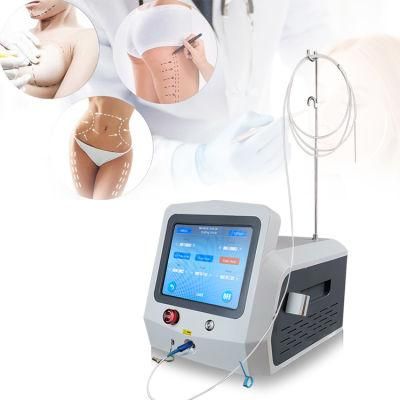
Vaser Liposuction Laser Machine Cost Cannula for Liposuction Machine
Baoding Triangel Rsd Electronics Technology Limited- Application:Salon
- Portable:Portable
- Wavelength:980nm + 1470nm
- Power:980 60W+ 1470 17W, Total 77W
- Functions:Lipolysis, Evlt, Dental, Ent, Pldd, etc
- Packing:45*48*53
Base Info
- Model NO.:Laseev
- Volume Weight:25 Kg
- Suitable for:Plastic Surgeon
- Machine Color:White
- OEM ODM:Yes
- Service:Online Training
- Warranty:1 Year But Lifetime Technical Support
- Advantage:Stable Laser Emitter; Dual Wavelength; Powerful
- Lifetime:at Least 5-7 Years
- Accessories:Bare Fiber, Cannula, Needels
- Transport Package:Safe Package, DHL UPS FedEx
- Specification:25kg
- Trademark:triangel
- Origin:Hebei Province, Baoding City
- HS Code:8543709990
- Production Capacity:50000 Piece Per Year
Description
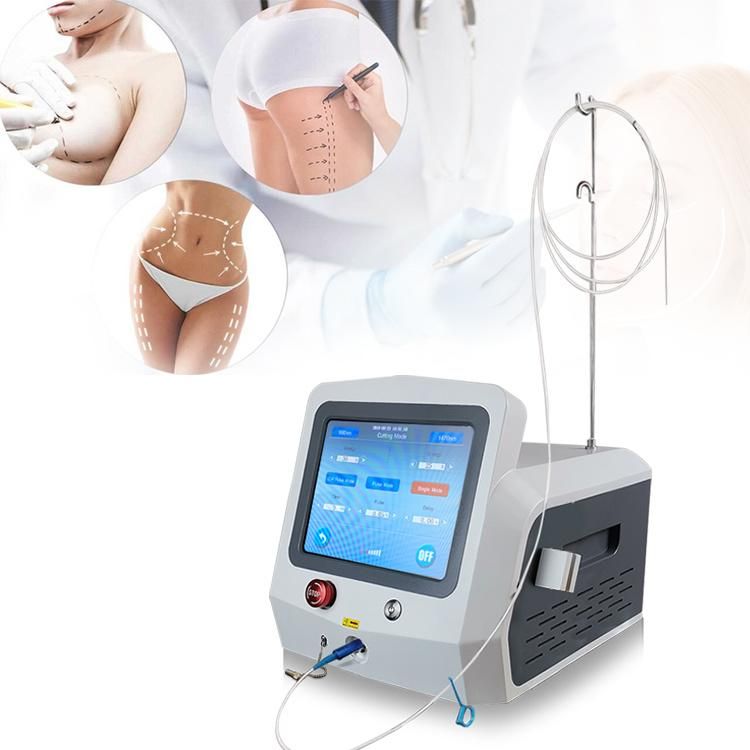
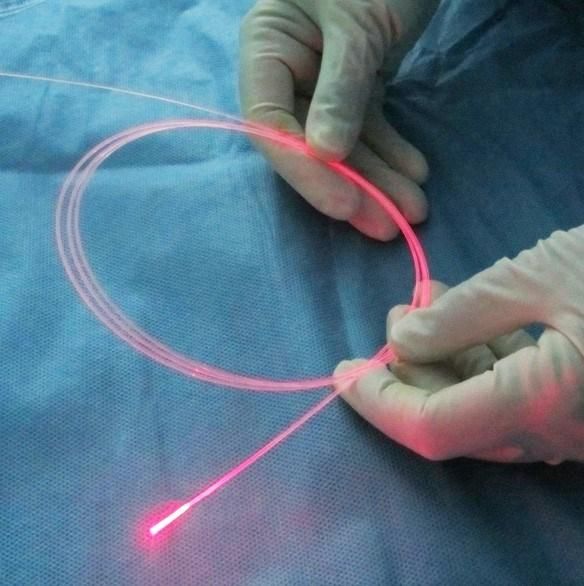
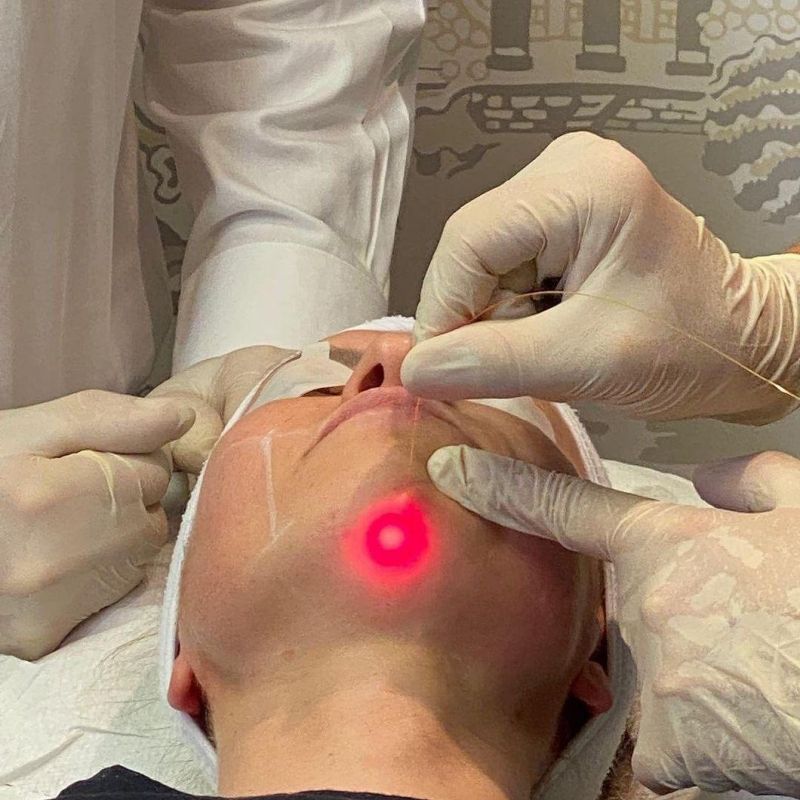
Interface
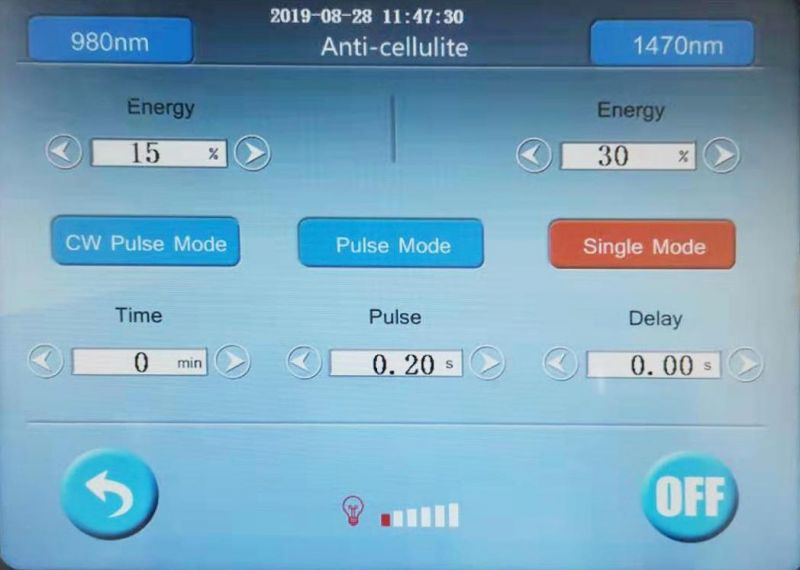
Advantages of laser lipolysis• Minimally Invasive
• Local Anesthesia / Tumusent
• Fast Recovery/Short Downtime
• Result Compares to Extensive Invasive
•Surgical Procedure
• Compact & Portable (5 kg)
• Silent Operation
• Built-in Power Meter
• QSC - Switch for Optimal Protection
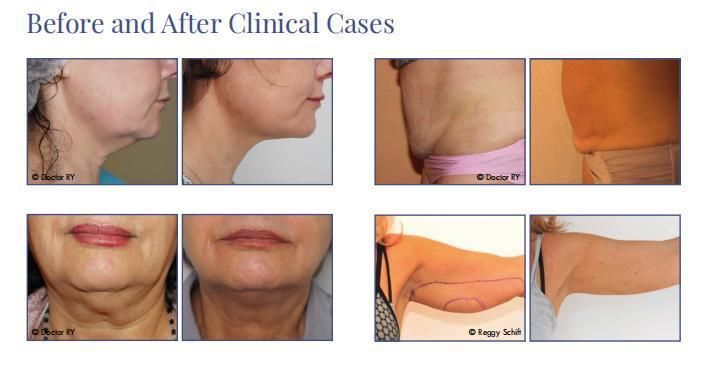
Why 980nm+1470nm laser
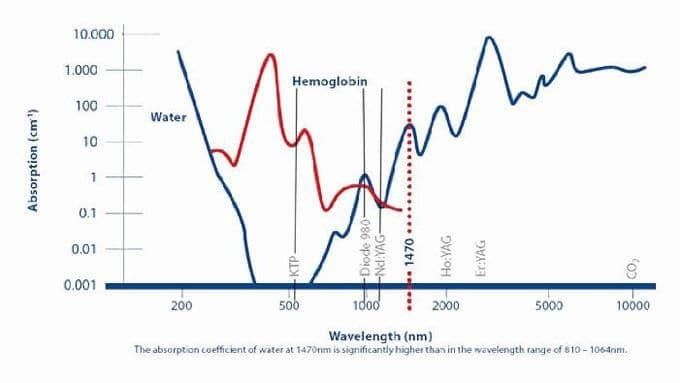
1.Hemoglobin has a high absorption rate of 980 nm laser, and this feature can enhance hemostasis; thereby reducing fibrosis and vascular bleeding. This provides the benefits of postoperative comfort and a more rapid recovery . In addition, considerable tissue retraction, both immediate and delayed, is achieved by stimulating collagen formation.
2. The water content of the adipose tissue is 10%-30%, while the 1470nm has a higher water absorption rate.
Therefore, the combination of the two wavelengths not only improves the degree of fat damage, but also improves the efficiency of the liposuction. Thereby achieving the effect of slimming and shaping.
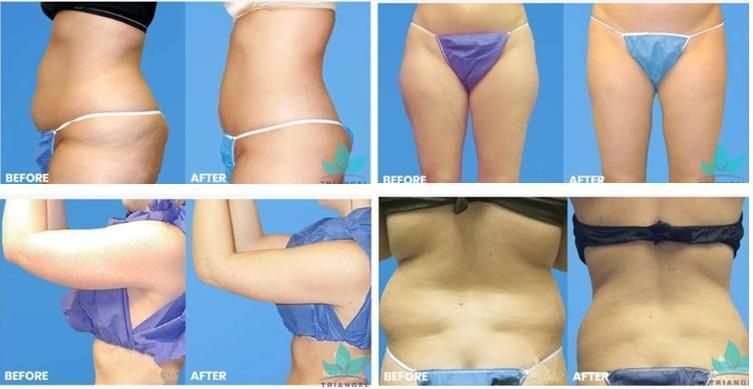
Optional Accessories
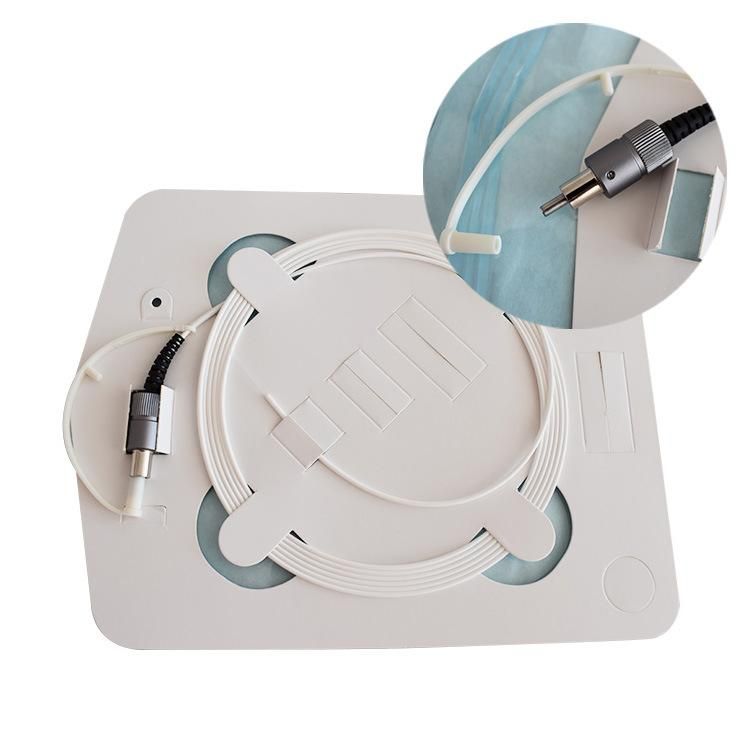
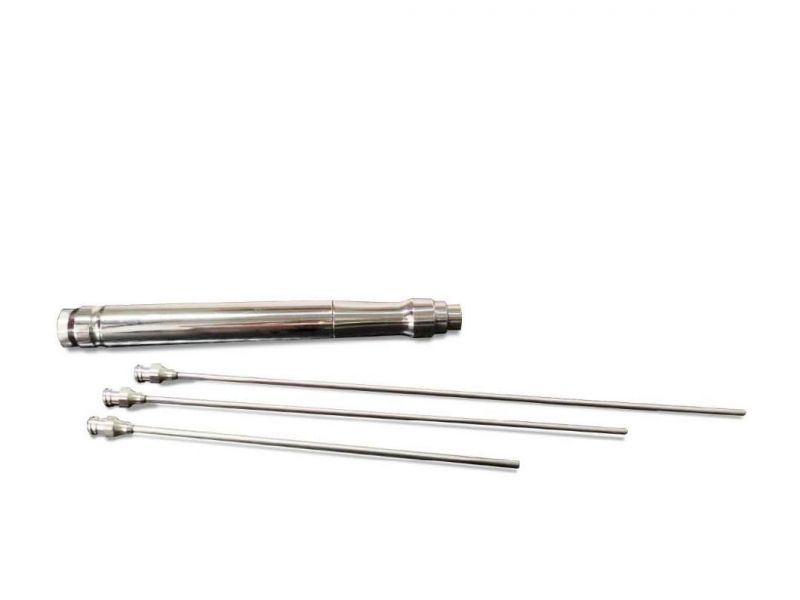
Standard accessories
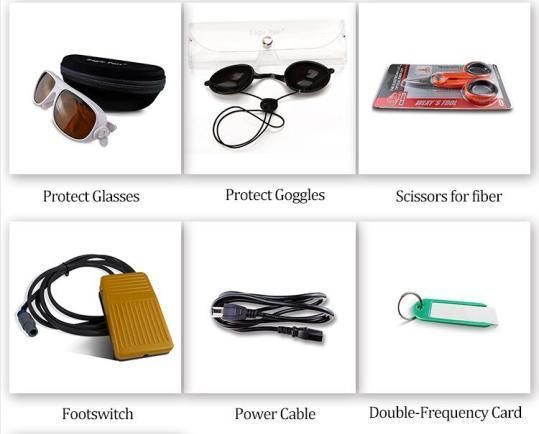
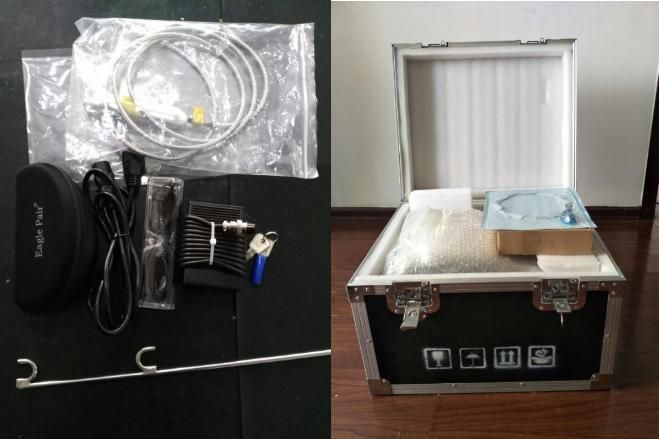
FAQ:
1. How does laser lipolysis work?
A small incision is made in the skin and a laser is inserted through a small tube called a cannula. The laser delivers energy to specific fat cells. At the same time, the fat is melting, the heat from the laser promotes the tightening of the skin in the surrounding areas. Unlike traditional liposuction, with laser lipolysis, there is no need for general anesthesia and bruising, swelling, and downtime are minimized.
2. What areas can be treated with laser lipolysis?
It is ideal for small pockets of fat resistant to diet and exercise, as well as for areas difficult to treat with traditional liposuction. Common treatment areas include the thighs, upper abdomen, belly, arms, chin, hips, and more.
3. How long does the procedure take?
Although the actual time it takes to perform the procedure varies depending on the number and extent of the areas treated, on average it can take between 1 and 2 hours.
4. What is the recovery time?
Laser lipolysis provides faster recovery than traditional liposuction. Routine activities can be resumed in a day or two. However, you will be advised to wear a postsurgical garment for one to two weeks to help with the healing process.
5. What results can be expected and how long do the results last?
Results vary from person to person, but with a healthy lifestyle that incorporates a proper diet and regular exercise, patients can expect a long-lasting result.
6. What disinfection method is used to remove the fiber optic and the cannula?
Three common sterilization methods can be selected: (i) steam sterilization (autoclaving), (ii) ethylene oxide treatment, and (iii) gamma radiation.
ProFAdPucts Description
